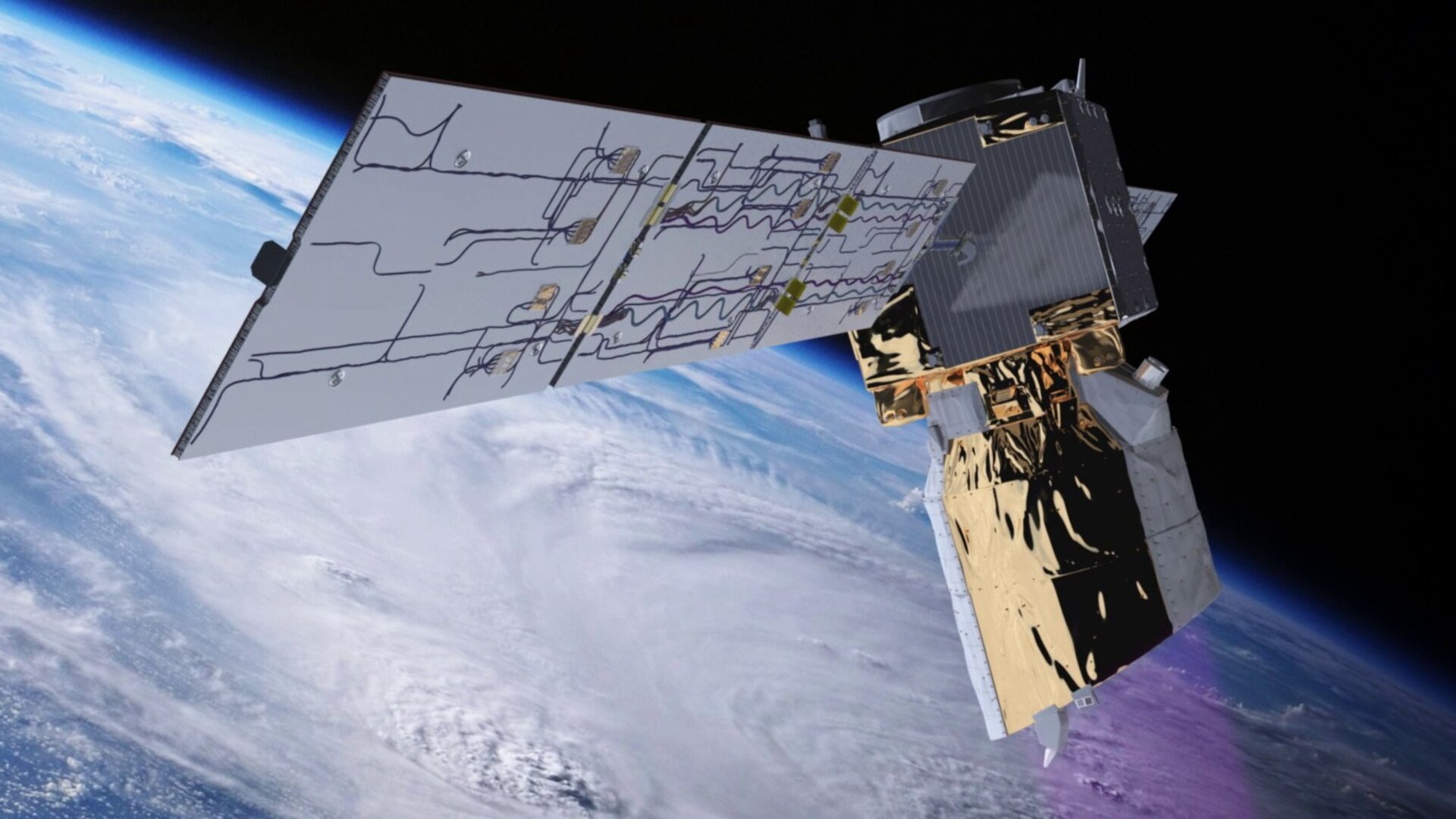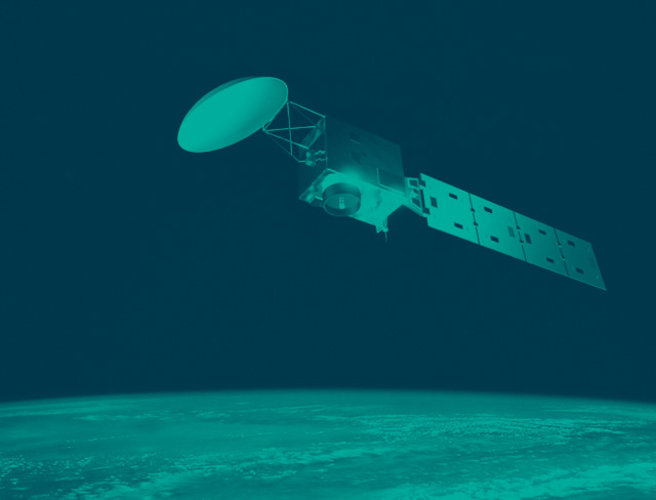Livas brings aerosols and clouds under one roof
In Greek mythology, Aeolus was ‘keeper of the winds’ and ruled over a number of gods, each responsible for a particular wind – one of which was Livas who blew from the southwest. Today, Livas is giving a helping hand to ESA’s ADM-Aeolus and EarthCARE satellite missions.
Reflecting ancient mythology, scientists in southeast Europe have used the name Livas to describe their effort in providing aerosol and cloud data as a reference for these upcoming missions.
Carrying an innovative Doppler wind lidar, ADM-Aeolus will provide timely and accurate profiles of the world’s winds along with information on aerosols and clouds. This new information will not only advance our understanding of atmospheric dynamics, but also provide much-needed information to improve weather forecasts.


Access the video
EarthCARE carries an instrument package, which includes a high-spectral resolution atmospheric lidar, to acquire vertical profiles of clouds and aerosols as well as radiances at the top of the atmosphere to improve our understanding of Earth’s radiative balance.
Livas, which, in this case stands for ‘lidar climatology of vertical aerosol structures’, is a collaborative effort between the National Observatory of Athens (NOA) in Greece and two world leaders in lidar research: the Leibniz Institute for Tropospheric Research in Germany and the Institute of Methodologies for Environmental Analysis in Italy. All are members of the European Aerosol Research Lidar Network, Earlinet.

Vassilis Amiridis, senior scientist at NOA said, “Livas stems from the continuous effort to prepare a process to merge lidar observations from NASA’s Calipso satellite and ESA’s ADM-Aeolus and EarthCARE mission – and these preparations through Livas have shown potential success.”
The current version of Livas provides a multi-wavelength climatology that is based on observations from the Calipso mission and measurements from ground-based Earlinet lidar systems.
Looking to the future, once data from ADM-Aeolus and EarthCARE are incorporated, Livas will offer a unique dataset of global aerosol and vertical cloud distributions.
This can be used to show trends in parameters relevant to climate, such as cloud cover and variability of aerosols from natural sources and from human activity.

Livas products are also separated into different regions of the atmosphere and climatic zones for all seasons.
In addition, events such as Saharan dust storms and smoke from forest fires are also isolated in the dataset.
“Take, for example, the volcanic ash plume from Iceland’s Eyjafjallajoekull that caused severe disruption to air traffic in April 2010,” said Eleni Marinou from NOA.

“Through Livas, we were able to study in detail the optical properties of the ash particles.”
NOA’s Vassilis Amiridis noted that, “We are committed to further refining the Livas products and enriching this unique source of information with observations from ESA’s future lidar missions.
“Meanwhile, we are expanding the database in the frame of the EU-funded Beyond project, which aims to build a centre of excellence for Earth-observation based monitoring of natural disasters in southeast Europe.”







